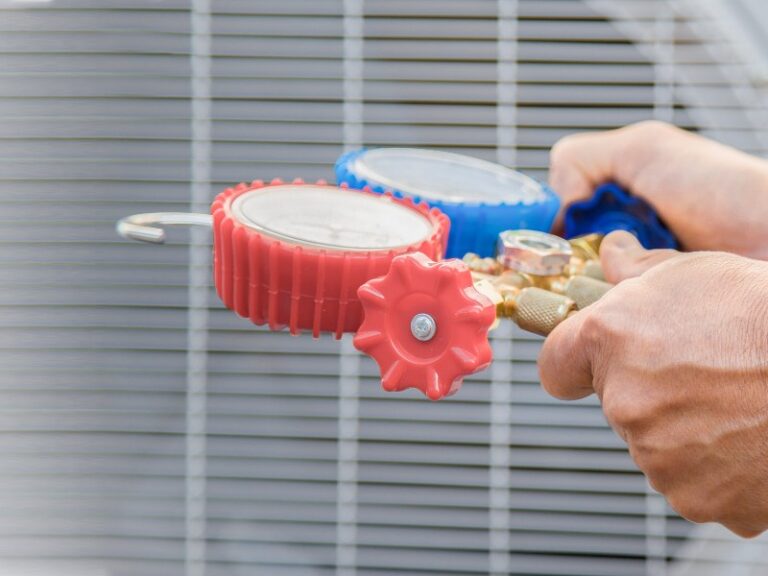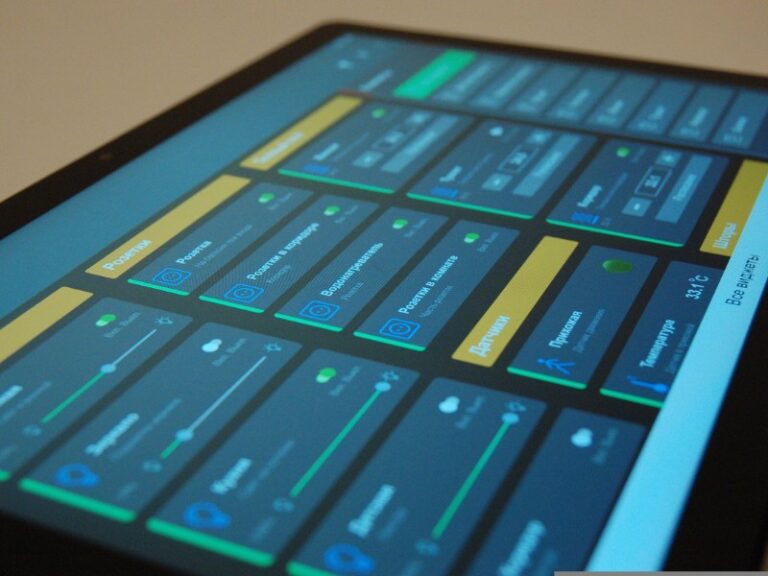In the world of HVAC (Heating, Ventilation, and Air Conditioning) systems, automation is rapidly becoming a game-changer. As buildings grow more complex and energy efficiency becomes a priority, automation plays an essential role in improving the performance, reliability, and energy efficiency of HVAC systems. By integrating automated controls and smart technology, modern HVAC systems are becoming more intelligent, responsive, and cost-effective, benefiting both residential and commercial properties.
In this article, we will explore the role of automation in modern HVAC systems, how it enhances system performance, and the numerous benefits it brings to both building owners and HVAC professionals.
What Is HVAC Automation?
HVAC automation refers to the use of advanced control systems and smart technology to manage and optimize the operation of heating, ventilation, and air conditioning systems. Automated HVAC systems use sensors, thermostats, smart controllers, and data analytics to monitor and adjust the performance of the system in real time, without manual intervention.
Automated HVAC systems can respond to:
- Temperature fluctuations in different zones or rooms.
- Air quality measurements such as CO2 levels and humidity.
- Occupancy data, adjusting airflow and temperature based on whether a room is in use.
- External weather conditions, optimizing performance based on outdoor temperatures.
By leveraging automation, HVAC systems are able to run more efficiently, improve indoor comfort, and reduce energy consumption.
Key Benefits of Automation in HVAC Systems
1. Improved Energy Efficiency
One of the most significant advantages of HVAC automation is its ability to optimize energy usage. Traditional HVAC systems often run at a constant speed and capacity, regardless of the actual needs of the building. This can lead to energy waste, as the system may be overworking in unoccupied spaces or during milder weather conditions.
Automated systems can adjust heating, cooling, and ventilation based on real-time factors, such as:
- Occupancy: Automated systems can reduce energy use in empty rooms or buildings.
- External weather conditions: The system adjusts based on outdoor temperatures, ensuring that heating or cooling is optimized.
- Time of day: HVAC systems can adjust settings based on when spaces are used, ensuring that energy is used efficiently.
By making these real-time adjustments, automated HVAC systems ensure that energy is not wasted, leading to lower utility bills and a reduced carbon footprint.
2. Enhanced Comfort and Indoor Air Quality
Comfort is one of the main reasons we rely on HVAC systems, and automation plays a key role in maintaining consistent and comfortable temperatures across the building. Automated systems can:
- Maintain constant temperatures: By adjusting settings to account for temperature fluctuations or usage patterns, automated systems prevent discomfort caused by inconsistent heating or cooling.
- Improve indoor air quality (IAQ): Automation can be used to monitor air quality and adjust the ventilation rates based on parameters like CO2 levels, humidity, and particulate matter. This ensures a healthy indoor environment while optimizing energy use.
For example, an automated system might detect high CO2 levels in a conference room and increase ventilation until the levels return to normal, improving air quality for the room’s occupants.
3. Predictive Maintenance and System Longevity
Automated HVAC systems also offer predictive maintenance capabilities, which enhance system reliability and reduce the likelihood of costly repairs. By continuously monitoring the performance of various components, such as compressors, fans, and motors, automation systems can detect early signs of wear or malfunction.
- How It Works: Automated systems can collect data on key performance metrics, such as pressure, temperature, and power usage. This data is analyzed to identify patterns that may indicate a failure is imminent.
- Benefits: Early detection of issues allows for proactive maintenance, such as scheduling a repair before a major breakdown occurs. This reduces downtime and extends the lifespan of the HVAC system.
Moreover, automated systems can automatically schedule maintenance, reducing the chances of overlooking necessary service checks.
4. Cost Savings
By improving energy efficiency, enhancing system performance, and preventing costly repairs, HVAC automation leads to significant cost savings. Here are some ways automation helps reduce costs:
- Energy savings: Automated HVAC systems adjust settings based on real-time data, reducing the energy consumed by the system when it’s not needed.
- Maintenance savings: Predictive maintenance ensures that HVAC components are serviced before they fail, preventing expensive emergency repairs and extending the lifespan of the system.
- Optimized usage: Automation helps HVAC systems use energy only when necessary, reducing the load during off-hours and providing better control over utility costs.
For example, a smart thermostat can adjust the temperature at night when the building is empty, saving energy without sacrificing comfort.
5. Integration with Smart Building Technologies
Smart buildings are becoming more common, and HVAC automation plays a critical role in their design. Automated HVAC systems can be integrated with other smart technologies, such as:
- Lighting systems: Adjusting lighting and HVAC simultaneously based on occupancy and ambient light levels.
- Security systems: Adjusting HVAC settings when a building is empty or when the security system detects unusual activity.
- Building management systems (BMS): Centralized platforms that allow building managers to monitor and control all systems, including HVAC, from a single interface.
The seamless integration of these systems ensures that energy use is optimized and that the building operates efficiently, enhancing comfort and reducing costs.
How Automation Enhances HVAC System Efficiency
1. Smart Thermostats
Smart thermostats are a key component of HVAC automation. They use machine learning to adapt to a building’s occupancy patterns and adjust the temperature accordingly. For example, the thermostat will lower the temperature when the building is empty and raise it when people return, ensuring comfort without wasting energy.
2. Variable Speed Drives (VSD)
Automated HVAC systems often use variable speed drives for fans and motors. These drives adjust the speed of the motor based on demand, meaning that the system uses only the energy required at any given time. This helps reduce energy consumption and prevents the system from overworking.
3. Demand-Controlled Ventilation (DCV)
Demand-controlled ventilation (DCV) is an automated feature that adjusts ventilation rates based on occupancy and indoor air quality. For example, if a room fills with people, the system will increase airflow to ensure air quality remains healthy. This reduces energy use by providing only the necessary amount of ventilation.
How CoolCalc Can Help with HVAC System Optimization
When it comes to optimizing HVAC system design and performance, CoolCalc can help HVAC professionals perform accurate cooling load calculations, ensuring that the system is the right size and capacity for the building. By incorporating factors like local climate, building layout, and energy efficiency goals, CoolCalc enables better system design and integration with automation technologies.
CoolCalc’s Benefits:
- Accurate Load Calculations: CoolCalc ensures the system is properly sized for optimal performance.
- Energy Efficiency: By factoring in building characteristics, CoolCalc helps professionals select energy-efficient systems.
- Future-Proof Design: CoolCalc can help design systems that integrate seamlessly with automation technologies, ensuring long-term efficiency and performance.
Conclusion
Automation is transforming HVAC systems by improving energy efficiency, comfort, maintenance, and cost-effectiveness. By using smart technology and advanced controls, automated HVAC systems are smarter, more responsive, and more efficient than ever before. These innovations are crucial in building design, where sustainability and energy savings are top priorities.
As HVAC technology continues to evolve, the role of automation will become even more integral to system performance. By leveraging automation, you can ensure that your HVAC system operates optimally, providing consistent comfort while reducing energy costs.
Ready to take advantage of HVAC automation? Start by ensuring your system is properly sized and designed with tools like CoolCalc to maximize energy efficiency and comfort.




